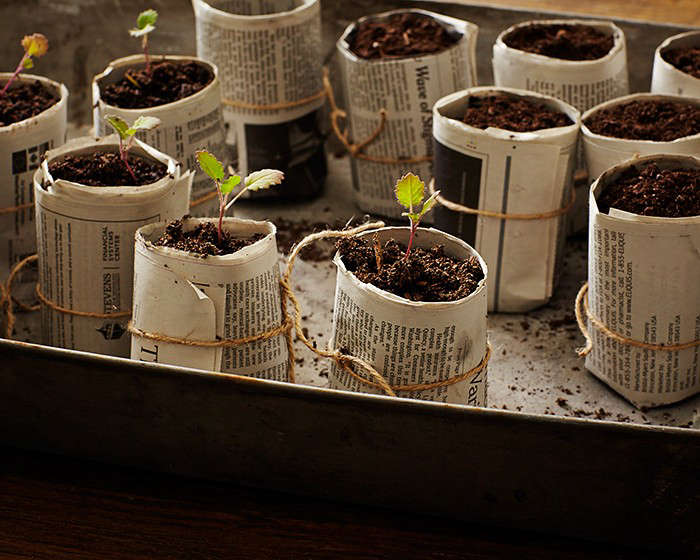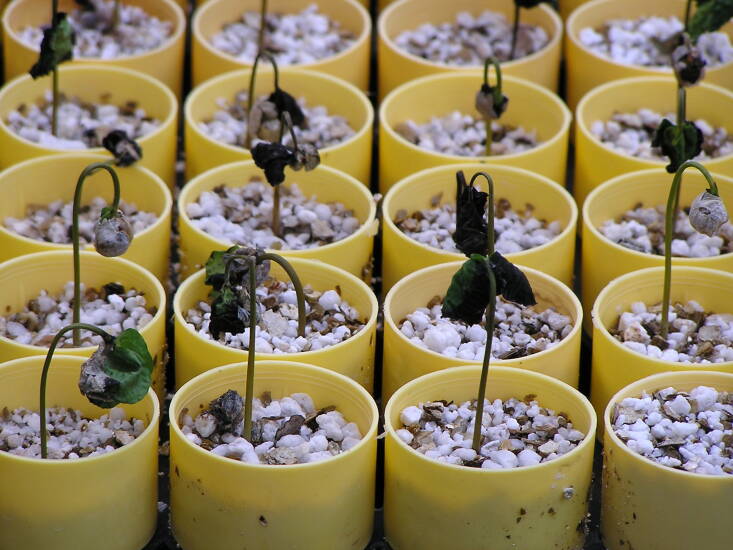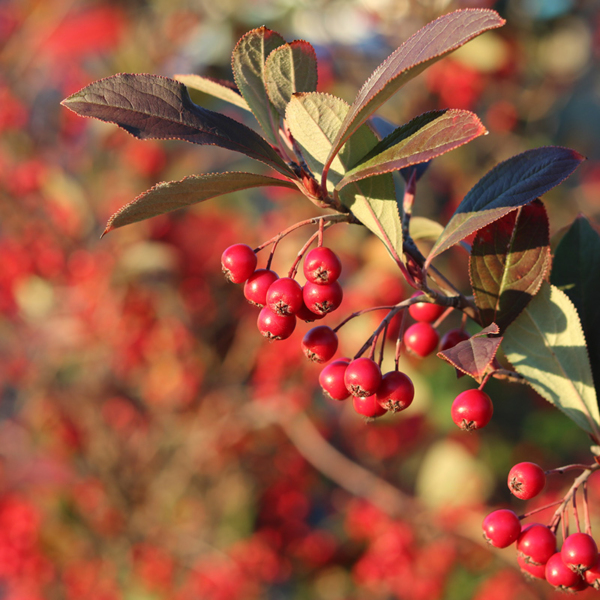You promised yourself you’d do better this year and start your seeds on time. You have the supplies, the seeds, a good location with a lot of light (or a grow light). You’ve checked the back of the seed packet and it’s the proper time to start. While there are many things that require attention when seed starting, one that can’t be overlooked is a disease called damping off.
What is damping off?

Damping off is a disease caused by fungi and molds and is a common problem for beginners, but even experienced gardeners have had to deal with it. Damping off attacks seed and seedlings, impeding germination, and if they do germinate, causing them to collapse and die. The disease thrives in cool and damp conditions.
Where does damping off come from?
The fungus can come from contaminated soil or plant debris. Do not reuse last year’s soil for seed starting. Do not use garden soil either. Both can harbor the pathogens. The infection can also be carried by insects such as fungus gnats or via a breeze. (See Fungus Gnats: How I Got Rid of Them Permanently (and Organically.) Contaminated tools, pots, hose ends that have laid on the floor, and even your dirty hands and gardening gloves, can spread damping off.
What does damping off look like?

Damping off generally affects young seedlings that don’t yet have their true leaves, but it can also cause germination failure. So if your seeds are packaged for use in the current year, and you’ve met all of their needs, yet they don’t germinate, you can suspect damping off. Seedlings that succumb to damping off can look wilted or shriveled; mushy or soaked; mottled with brown or gray spots; or marked by fuzzy white growth. It can quickly spread through the entire tray.
How can you prevent damping off?

- Start by cleaning and sterilizing your tools, pots, and gloves. For tools and pots, sterilize using a 10 percent bleach solution for 30 minutes. Store them in a clean location when not in use. For gloves, depending on the material, a hot wash and dry should do it.
- Use sterilized potting soil and seal the package if you don’t use it all in one go.
- Start seeds inside where it’s warm and dry. The air and soil temp should be in the 65°F to 70°F range. Colder temps promote fungal growth.
- Don’t overwater: While the seedlings need water to grow, too much is a bad thing. Only water from below and use room temperature water. Anything colder can slow down plant growth and open the seedling to infection. Make sure your seed trays have good drainage.
What do you do if your seedlings appear to have damping off?
Isolate the tray and watch for symptoms in the others. If it turns out that damping off is present, dispose of the soil, sterilize everything, and start over. It happens to the best of us!


